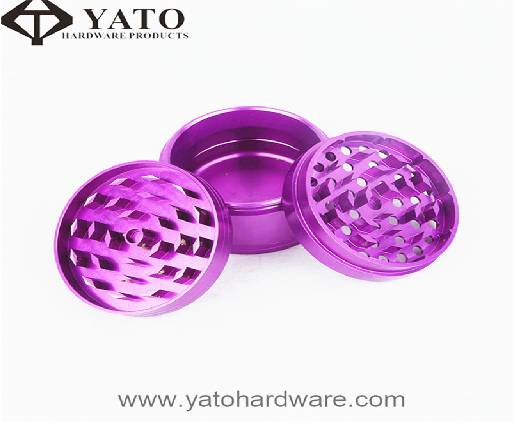The supplier of brass high-precision machining shafts pointed out that the process analysis is the preparatory process for CNC turning. Whether the process is reasonable or not has an important influence on the preparation of the the program, the processing efficiency of the machine tool and the processing accuracy of the parts. In order to compile a reasonable and practical processing the program, programmers must not only understand the working principle, performance characteristics and structure of CNC lathes, master the programming language and programming format, but also master the processing technology of workpieces, determine the reasonable cutting amount, Select the tool and workpiece clamping method correctly. Therefore, we should follow the general process principles and combine the characteristics of CNC lathes to carefully and detailedly analyze the CNC turning process.
The main contents of CNC turning process analysis include: analyzing the processing requirements and rationality of parts according to the drawings; determining the clamping method of the workpiece on the CNC lathe; the processing sequence of each surface, the feed route of the tool, and the amount of tool, fixture and cutting Choices, etc.

1. Analysis of parts drawing
Part drawing analysis is the primary task of formulating CNC turning technology. Mainly carry out analysis of dimensioning method, analysis of geometric elements of outline, analysis of accuracy and technical requirements. In addition, the rationality of part structure and processing requirements should be analyzed, and the process benchmark should be selected.
2. Selection of fixtures and tools
(1) Workpiece clamping and positioning
In CNC turning, it is possible to process all or most of the machining surface after one clamping as much as possible, and reduce the number of clampings as much as possible to improve processing efficiency and ensure processing accuracy. For shaft parts, the outer cylindrical surface of the part is usually used as the positioning datum; for sleeve parts, the inner hole is used as the positioning datum. In addition to the universal three-jaw automatic centering chuck, four-jaw chuck, hydraulic, electric and pneumatic clamps, CNC lathe fixtures also have a variety of special fixtures with good versatility. It should be reasonably selected in actual operation. The metal processing WeChat has good content and is worthy of attention.
(2) Tool selection
In addition to the tool life, the tool life has a great relationship with the tool diameter. The larger the tool diameter, the greater the amount of cutting that can be tolerated. Therefore, as long as the shape of the part allows, using the largest possible tool diameter is an effective measure to extend the tool life and increase productivity. The commonly used tools for CNC turning are generally divided into 3 categories, namely sharp turning tools, arc turning tools and forming turning tools.
3. Selection of cutting amount
The amount of cutting in CNC turning includes the amount of back-feeding ap, the spindle speed S (or cutting speed υ) and the feed speed F (or feed amount f).
The selection principle of cutting amount, the rational selection of cutting amount is very important to improve the processing quality of CNC lathe. When determining the cutting amount of the CNC lathe, it must be selected according to the requirements specified in the machine manual and the durability of the tool, or it can be determined by analogy based on actual experience.
4. Divide the process and plan the processing sequence
(1) Principle of process division
There are two principles for dividing the commonly used processes when processing parts on a CNC lathe.
① Maintain the principle of accuracy. The process generally requires as much concentration as possible. Roughing and finishing are usually completed in one set. In order to reduce the influence of thermal deformation and cutting force deformation on the shape, position accuracy, dimensional accuracy and surface roughness of the workpiece, the rough and finish machining should be carried out separately.
②The principle of improving production efficiency. In order to reduce the number of tool changes, save tool change time, and improve production efficiency, after the machining parts that need to be processed with the same tool are completed, another tool should be changed to process other parts, and the empty stroke should be minimized.
(2) Determine the processing order
The formulation of the processing sequence generally follows the following principles:
① First coarse and then fine. Carry out in the order of rough turning and semi-finishing turning, and gradually improve the machining accuracy.
② First, then far. The part close to the tool setting point is processed first, and the part far from the tool setting point is processed later, so as to shorten the moving distance of the tool and reduce the empty travel time. In addition, near-to-far turning also helps to maintain the rigidity of blanks or semi-finished products and improve their cutting conditions.
③ Cross inside and outside. For parts with both inner and outer surfaces to be processed, rough machining of the inner and outer surfaces should be performed first, followed by finishing of the inner and outer surfaces.
④The base surface goes first. The surface used as the precision datum should be processed preferentially. The more precise the surface of the positioning datum, the smaller the clamping error.
Previous: None